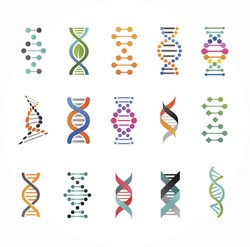A molecular view of evolution
The codon, a basic unit coding for a single amino acid, comprises three nucleotides. A so-called synonymous or silent substitution in this unit has no effect on the amino acid it codes for. Nonsynonymous substitution results in a change in the amino acid and therefore should be more important in selection and ultimately evolution. The REALISTIC CODON MODE (Biologically-motivated probabilistic evolutionary models and their use for genomic analyses) project worked to develop an evolutionary model. Their aim was to overturn the widely held assumption that all synonymous substitution rates are the same across all sequence sites. Using the developed model, researchers can now determine the effects of selection at the nucleotide level. Linking evolutionary biology and genomics promises to increase our understanding of species adaptation down to the individual molecule. In the first phase of the project, the researchers finalised the codon evolutionary model. Use of the model indicated that there is widespread variation in the base rate of the DNA/RNA substitution rate in the coding sequence data of vertebrates. This most likely reflects varying degrees of selection at the nucleotide level. Project researchers refined the codon model and developed a mixture model that identifies sites associated with the analysed trait. Using simulations, they tested the new model's accuracy and found that accuracy increases with the amount of data available (for example, the tree size). The model was applied to the genome evolution of the Human Immunodeficiency Virus type 1. Researchers developed a validated tool to predict functional regions in the DNA material nested within the protein-coding regions. Moreover, a look at the Ks ratio confirmed that there are regions of DNA that are not predicted to have a function but are under selection pressure. Mutagenesis experiments for one of these regions in the pol gene did not reveal any clear effect on viral replication. During the REALISTIC CODON MODE period, 12 undergraduates five graduate and three post-doc students obtained expertise in this field. Related studies at Tel Aviv University using these probability-based evolutionary models have featured in several international conferences.
Keywords
Evolution, selection, codon, substitution, species adaptation, probability-based evolutionary model

